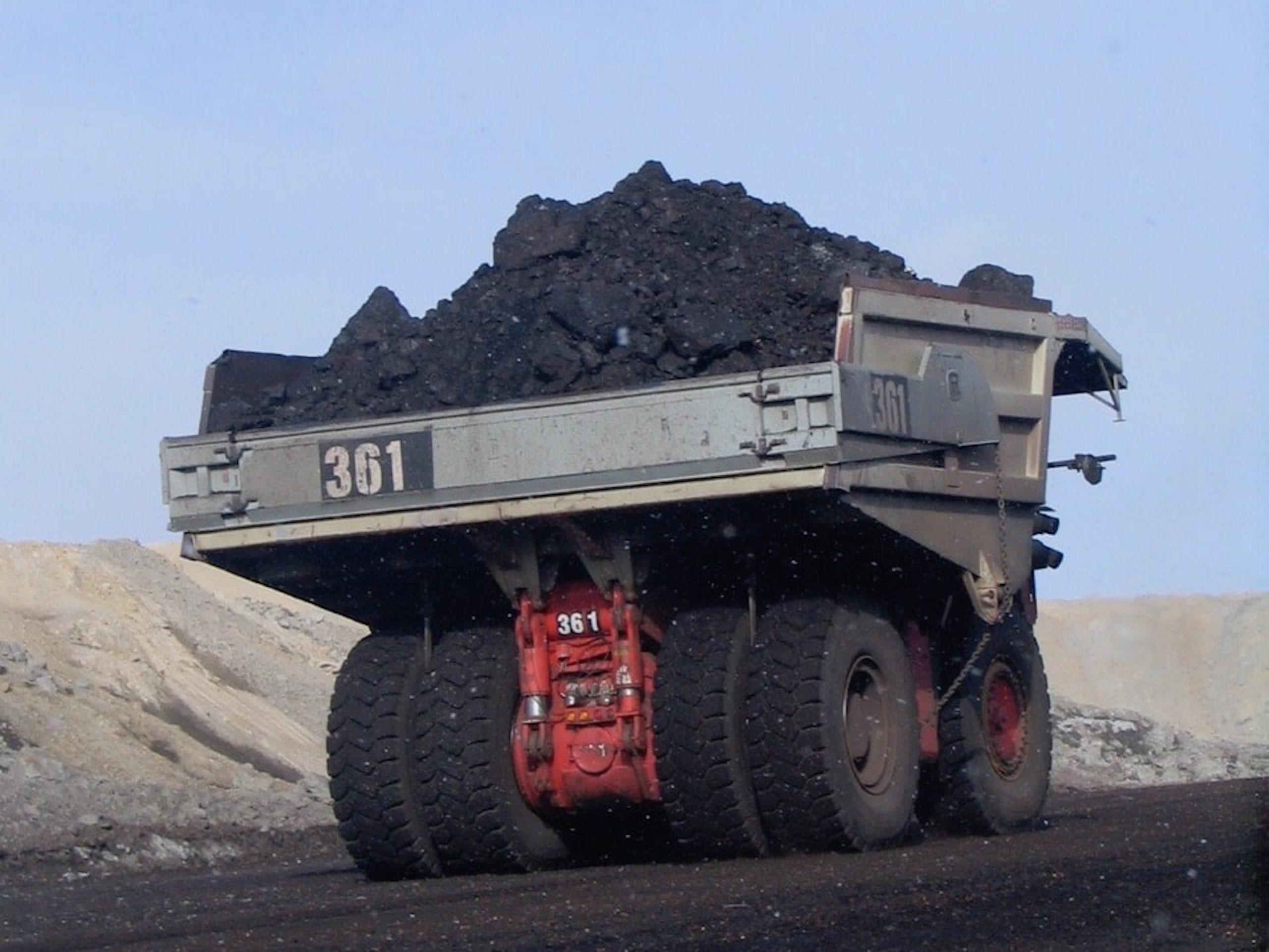
• Stockpiles at coal-burning utilities are flush following a mild winter and increasing competition from renewables and natural gas.
By Dustin Bleizeffer, WyoFile.com
Some Wyoming coal mines are likely facing extinction-level headwinds — even before the prospect of new federal coal pollution reduction rules taking effect in 2032, some market analysts say.
Wyoming’s two largest coal producers, Arch Resources and Peabody Energy — which, combined, operate five mines in the state — both reported lower-than-expected sales volumes as well as financial operating losses in the state during the first quarter of the year, a situation that’s likely to continue through the summer.
Though there’s been no official announcement, Arch President John T. Drexler told reporters on a recent conference call that, in response to the downturn, the St. Louis, Missouri-based company is in the process of “adjusting schedules, eliminating overtime, managing headcount, laying down equipment — doing all of the things that we’ve done, and we’ve done successfully in the past.”
Arch didn’t respond to a WyoFile inquiry for more details.
The hint at potential layoffs comes after major production declines in Wyoming, home to a coal mining industry that relies almost entirely on the nation’s shrinking fleet of coal-fired power plants. Those declines could have far-reaching effects here in the form of declining tax revenues and less business for the companies that serve the coal sector.
A mild winter in the U.S., which coincides with April as the 11th consecutive monthly warmest on record across the globe, helped drive down demand for Wyoming’s thermal coal by 20% during the first quarter of the year compared to the same period in 2023, according to federal data compiled by the Wyoming State Geological Survey. Wyoming’s first-quarter production also represented a 20% decline — 11.4 million tons — compared to fourth-quarter 2023.
Coal backlog
Even with shrinking production, the nation’s coal-burning power plant fleet remains over-supplied.
On-site stockpiles of the fuel at power plants are the highest in more than a decade, according to the U.S. Energy Information Administration. Typically, utilities demand more coal shipments after depleting winter stockpiles. Instead, some Wyoming coal producers, including Arch and Peabody, are now pushing some coal volumes originally contracted to be shipped this year to 2025.
The situation points to a dire outlook for Wyoming mines, perhaps for the next couple of years, according to Seth Feaster of the Institute for Energy Economics and Financial Analysis. Even if there’s an especially warm summer that compels customers to crank up air-cooling units, Feaster said, there’s plenty of coal on hand, as well as cheap natural gas and renewable sources of energy, to meet increased demand.
“It takes a year, sometimes two years, to bring those [coal] stockpiles back down,” Feaster told WyoFile. “We’re now in spring when renewable generation is really high and [natural] gas prices are low, so demand for power is being met by everything else.”
Coal-fueled electric power has lingered at less than 15% of the U.S. market for much of this year, falling from an average 23% in 2019, according to the EIA. Even as U.S. electrical power demand continues to grow — currently on track to jump 3% this year — it is being met with new wind and solar generation. Much of the remaining coal fleet, meanwhile, continues to operate at less than full capacity, according to the EIA.
Federal coal rules
Not only does the culmination of deteriorating coal market forces spell trouble for Wyoming’s mining industry, it’s a situation exacerbated by the U.S. Environmental Protection Agency’s recent suite of new coal pollution reduction rules published in April, according to Feaster and other industry analysts.
In addition to more stringent coal ash disposal parameters and reductions in various smokestack emissions of hazardous metals, the rules put forth a 2032 compliance deadline for all coal-burning power plants to either capture 90% of carbon dioxide, convert to natural gas or close altogether.
Though Wyoming and other coal proponents are preparing to sue to stop the rules, utilities with coal-burning power plants must act quickly on the assumption the rules might ultimately be implemented. Considering the pace of electric utility planning, 2032 “is like tomorrow,” Feaster said. “You’re going to have to make a decision pretty darn quickly about whether or not you’re going to commit to [upgrading] some of these plants.”
Meantime, the appetite for Wyoming coal continues to diminish at an alarming pace.
Arch and Peabody, whose mines in the Powder River Basin account for more than 60% of the state’s coal production, experienced first-quarter 2023 to first-quarter 2024 declines of 28% and 17%, respectively.
Declines, as a percentage, were much worse for some smaller mine operators.
Kiewit’s Buckskin Mine north of Gillette suffered a 47% decline for the same quarter-to-quarter comparison, and Navajo Transitional Energy Company’s Cordero Rojo Mine south of Gillette reported a decline of more than half.
“You can’t have this kind of decline continuing for too long without something breaking,” Feaster said.
WyoFile is an independent nonprofit news organization focused on Wyoming people, places and policy.





